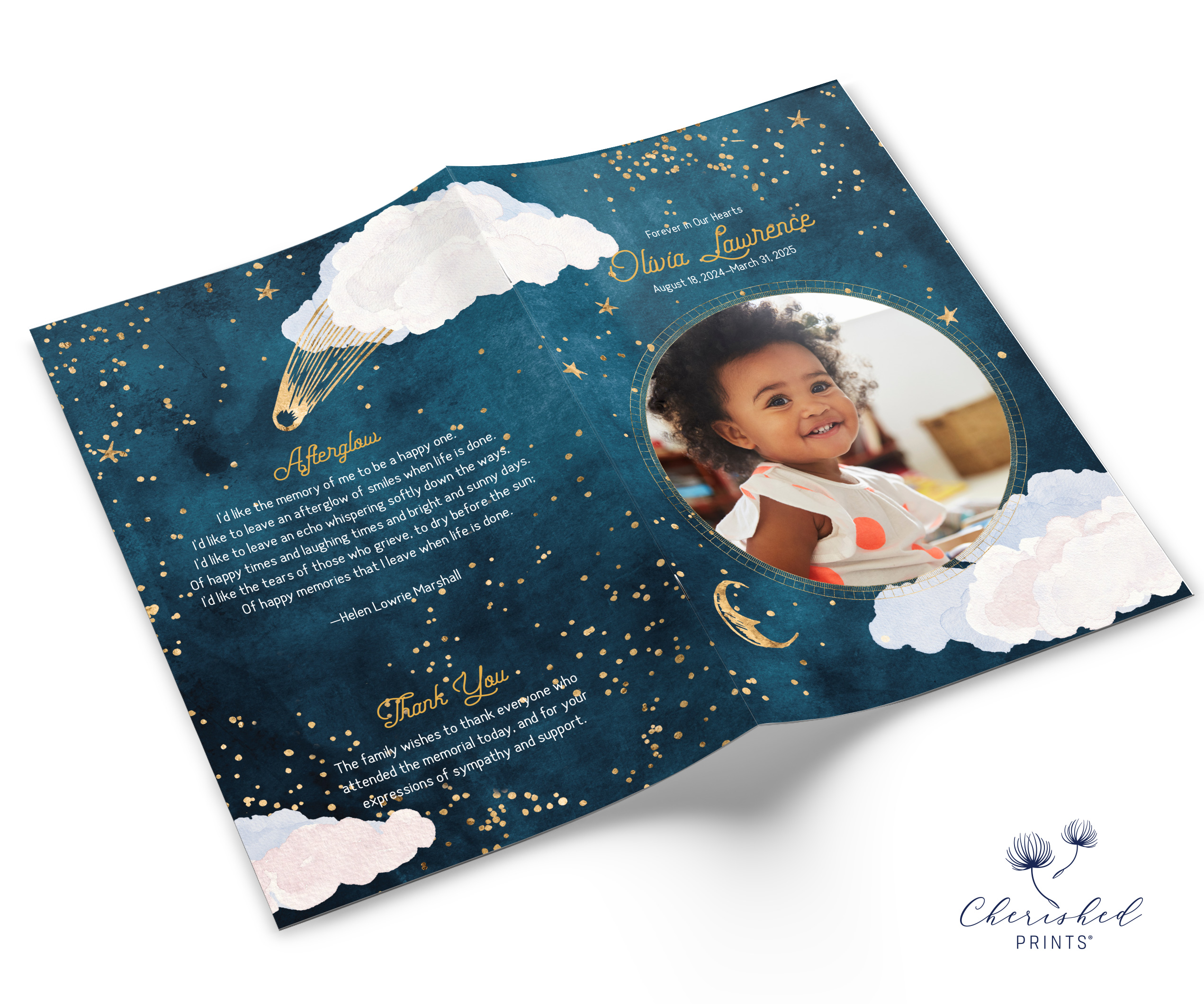Blog
Helping Your Child Handle Grief: A Guide with Compassion
Helping Your Child Handle Grief: A Guide with Compassion
Losing a loved one is a deeply emotional experience, and it can be especially overwhelming for children. As parents, it is our responsibility to offer unwavering support and gentle guidance during this difficult time. In this heartfelt guide from Cherished Prints, we will explore five essential steps to help your child navigate grief with compassion and understanding.
Simplify the Explanation
When discussing death with a child, it is vital to use language that suits their age and understanding. Begin with simple, honest, and gentle explanations, avoiding confusing euphemisms. Expect an abundance of questions, some of which may be repeated, as children grapple with this complex subject. Patience is your greatest ally in these moments, allowing your child to process their emotions at their own pace.
Encourage Creative Expression of Grief
Children often struggle to express their feelings of grief verbally. Encourage them to utilize creative outlets such as writing or drawing, providing them with a safe and non-judgmental space to share their thoughts and emotions. Whether through a journal or a sketchbook, creative and emotional expression can help them process their grief in a healthy and constructive manner.
Craft a Memorial Poster
Creating a memorial poster offers your child a therapeutic way to honor their departed loved one. Utilize free online design tools to collaborate and create a personalized poster, allowing your child to experiment with layouts and colors, helping them develop an eye for attention-grabbing typography. Encourage them to choose images, quotes, or drawings that evoke cherished memories of the person they are grieving. Placing this poster in their room will serve as a tangible and heartfelt reminder of the love they shared, providing solace during their grieving process.
Prioritize Self-Care
During times of grief, teaching your child the importance of self-care becomes crucial. Explain to them that tending to their emotional and physical well-being is not only permissible but essential for healing. Embrace shared moments of solace, whether through reading their favorite stories together or going on peaceful walks that foster connection and alleviate emotional burdens. By serving as a model for self-care, you teach them that prioritizing their well-being is a legitimate and vital coping mechanism in times of adversity and emotional turmoil.
Establish Routine and Stability
In times of upheaval, maintaining a routine and stability can provide your child with a sense of security and comfort. Grief can disrupt their daily life, leaving them feeling adrift. By establishing consistency in their routine, from meal times to bedtime, you anchor their world and help them regain control and predictability. Additionally, keep lines of communication open with your child. Encourage them to express their feelings, thoughts, and questions, creating an environment where they feel heard and supported.
In the face of grief, your guidance can be a beacon of hope for your child. By using age-appropriate language, encouraging creative expression, crafting a memorial poster, emphasizing self-care, and maintaining a routine, you can help them navigate this challenging journey with love and resilience. Remember, your support makes all the difference. While the pain of loss may never completely fade, your compassion and understanding will serve as a source of strength for your child as they learn to navigate their grief. Together, you can help them heal and find solace in cherished memories.





